
Science is everywhere, nowhere more so that the smartphone arena. But along with the high-tech that makes up the devices, science has also invaded the App market. Whether it be the, pseudoscientific apps which tell you when you are going to die or apps for peer-reviewed research. In this post I will review some of the science Apps that are out there:
 NEJM Image Challenge (download here)
NEJM Image Challenge (download here)
It is an interesting App idea, showing pictures medical conditions and then quizzing you on what it could be. It made me feel a little bit like I was House and I can see the app being useful for med students (I was rubbish at it!). However, there was one slight draw back to the app, when you are on the tube you don’t particularly want a big photo of deformed or diseased genitalia appearing on your phone…it tends to make people look at you like you are a crazy person!
Pros: Scientifically accurate and informative
Cons: Very difficult without a trained medical background, costs money, awkward commuting experiences.
Physics Box
This is an App claiming to contain a series of physics games. In one game “Ragdoll Shooter” you fire manikins at a target and the other you fire bombs. The physics claim is only due to them using a physics engine to power the dolls movements. The ragdoll game is quite fun, but there is really no difference between it and the bomb game.
Pros: Quite fun, free
Cons: No actual science, no variation in Game play
Merk – PSE HD (download here)

This is a periodic table app made by Merk pharmaceuticals. It looks very nice and polished and by clicking on the elements it contains lots more information about them.
Pros: Very informative, scientifically accurate.
Cons: Doesn’t do anything extraordinary with the app format
Genetic Code (download here)
 Now this may be quite a geeky admission but I think this is a very cool little app. It let’s you enter three DNA bases and it will tell you what it codes for. I imagine this would be pretty useful for researchers.
Now this may be quite a geeky admission but I think this is a very cool little app. It let’s you enter three DNA bases and it will tell you what it codes for. I imagine this would be pretty useful for researchers.
Pros: Free, science geek novelty factor, could be useful for actual research.
Cons: Little practical use for most people.
So there we have a quick sample I am aware that there are many more science apps out there. If you have any good suggestions for apps to be reviewed drop me a comment below. This potentially may become a regular feature.
Share this post with the world:





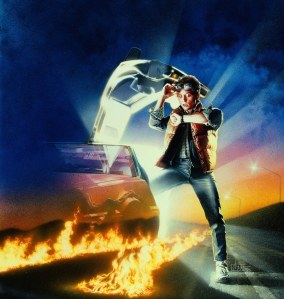

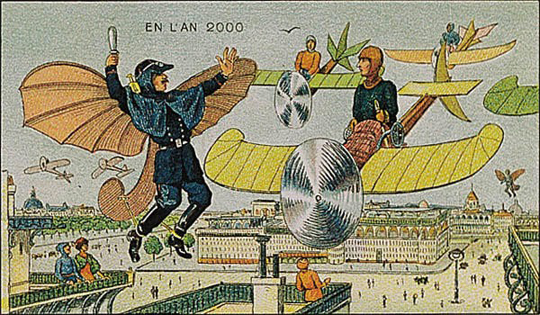

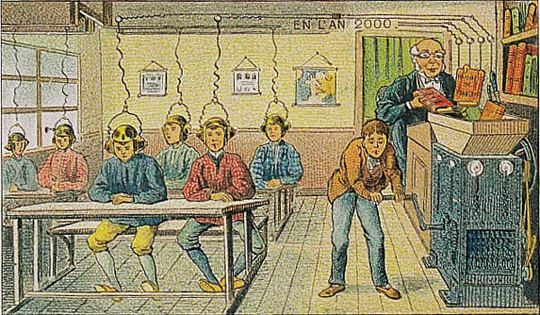
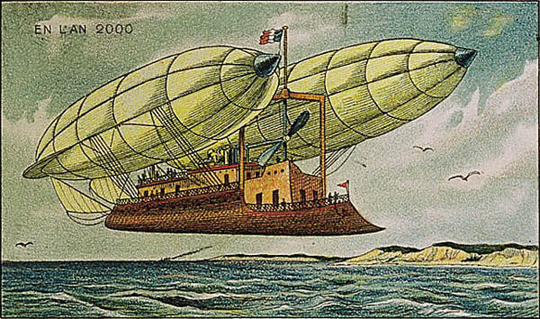
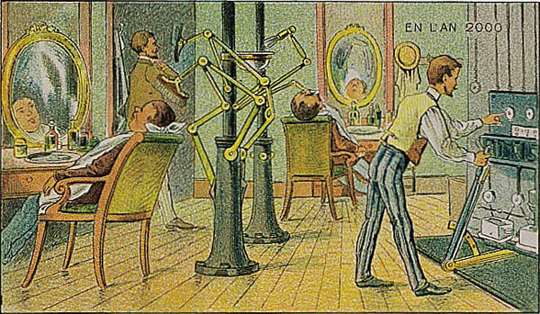
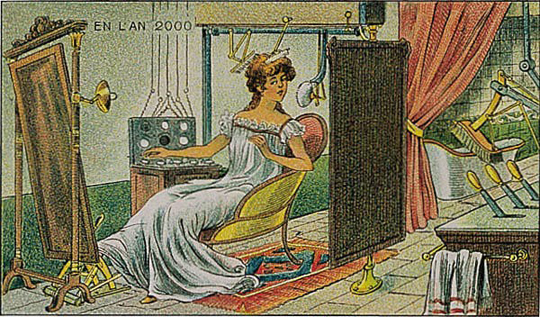















 NEJM Image Challen
NEJM Image Challen
 Now this may be quite a geeky admission but I think this is a very cool little app. It let’s you enter three DNA bases and it will tell you what it codes for. I imagine this would be pretty useful for researchers.
Now this may be quite a geeky admission but I think this is a very cool little app. It let’s you enter three DNA bases and it will tell you what it codes for. I imagine this would be pretty useful for researchers.
